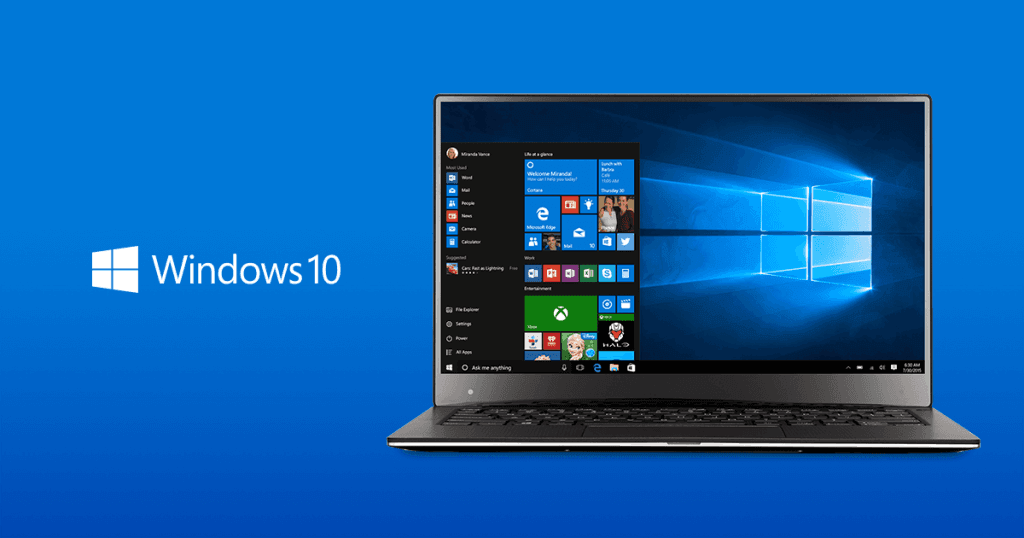Space has long captivated our imagination, but it's also a subject rife with misconceptions. From the behavior of black holes to the nature of our own sun, many 'facts' we take for granted are actually myths.
1. MYTH: You'd explode in space without a suit
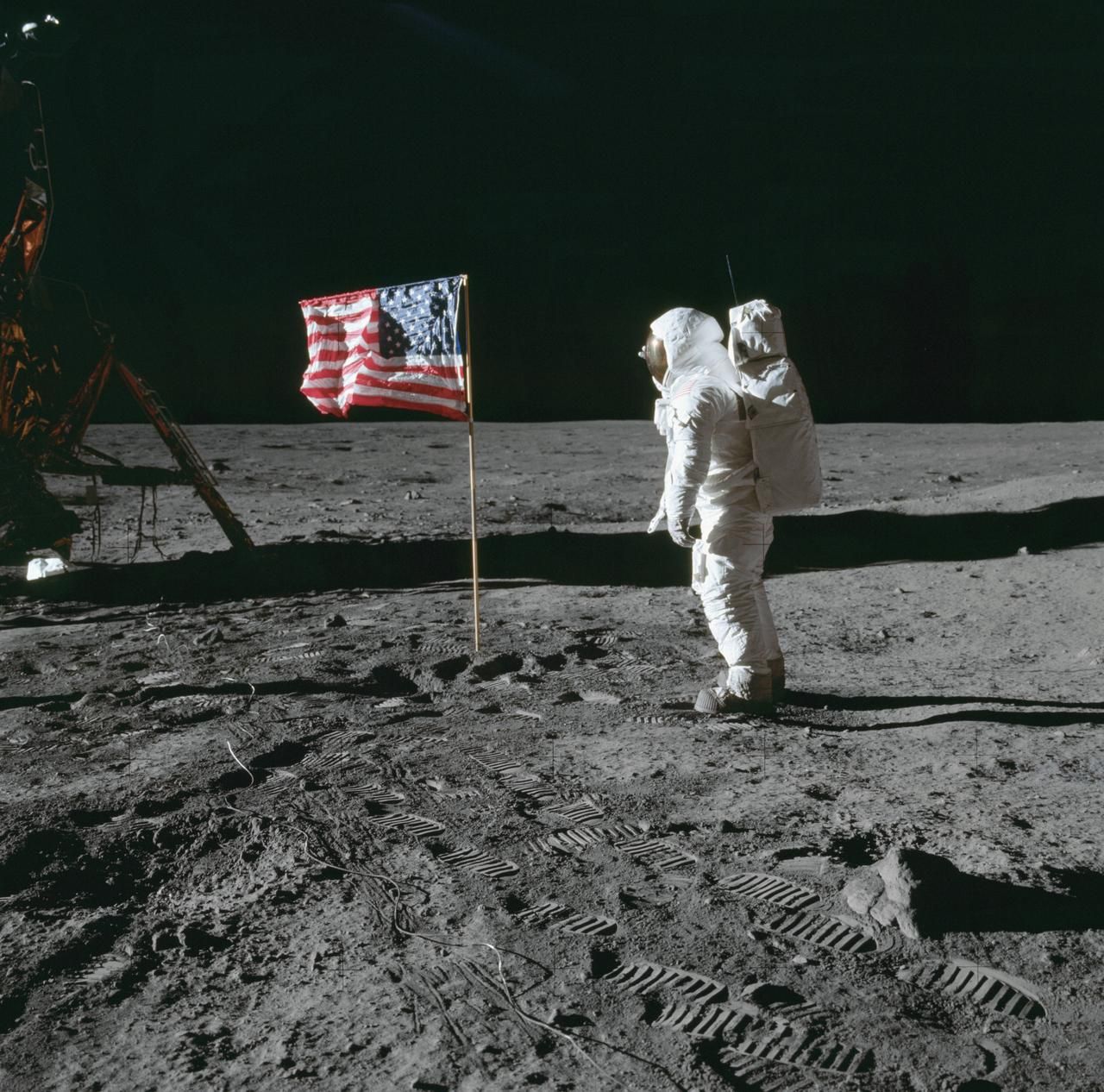
While exposure to the vacuum of space is definitely bad news, you wouldn't explode. You'd have about 15 seconds of consciousness before you'd pass out from lack of oxygen, but your body would swell, not burst.
Sources:
(NASA) (Harvard.edu)
2. MYTH: There's no gravity in space
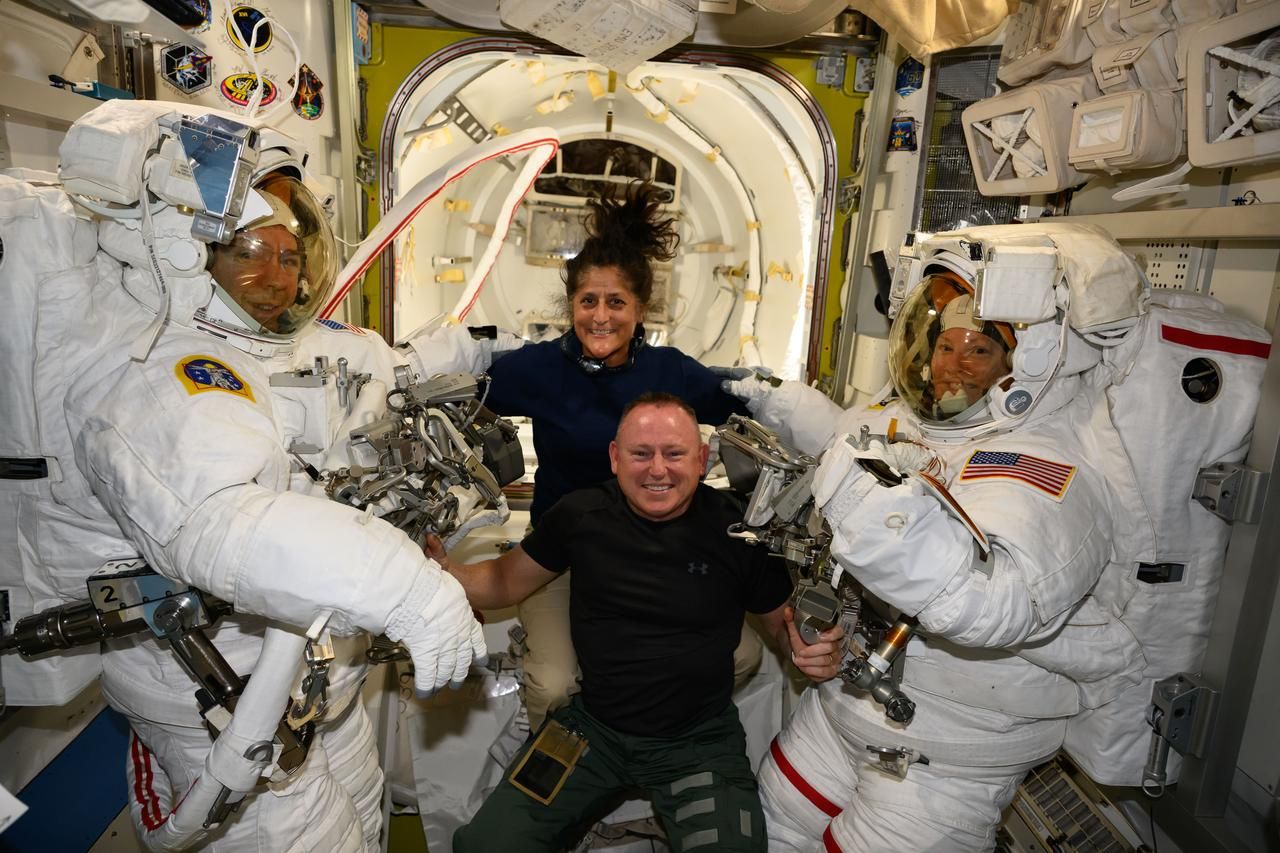
Newsflash: gravity is everywhere in space! What astronauts experience is actually "free fall." They're constantly falling around the Earth, which creates the illusion of weightlessness. Mind-bending, right?
Sources:
(Yale Scientific) (Science 2.0)
3. MYTH: The Sun is yellow
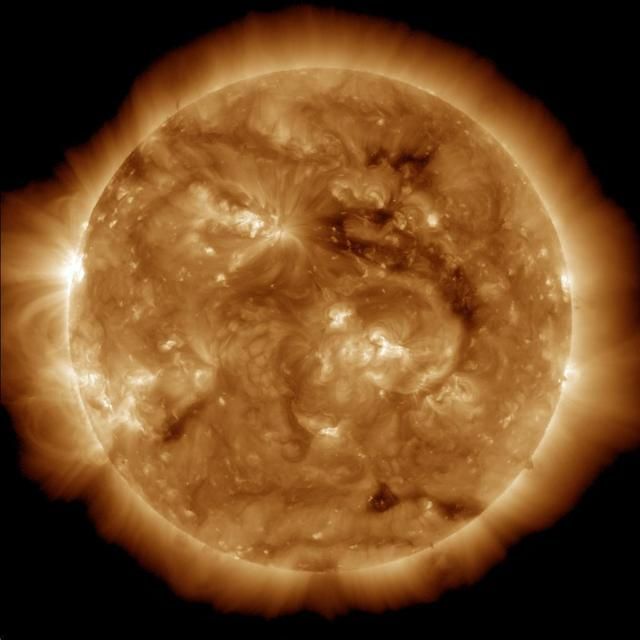
Surprise! The Sun is actually white. It only appears yellow from Earth due to our atmosphere scattering blue light. In space, astronauts see the Sun in its true, dazzling white glory.
Sources:
(NASA) (solar-center.stanford.edu)
4. MYTH: The Great Wall is visible from space

Sorry to burst your bubble, but this isn't true. While it's an impressive structure, the Great Wall isn't visible to the naked eye from low Earth orbit, let alone the Moon. Astronauts need some serious zoom to spot it!
Sources:
(NASA) (Te Awamutu Space Centre).
5. MYTH: The Moon has a permanently dark side
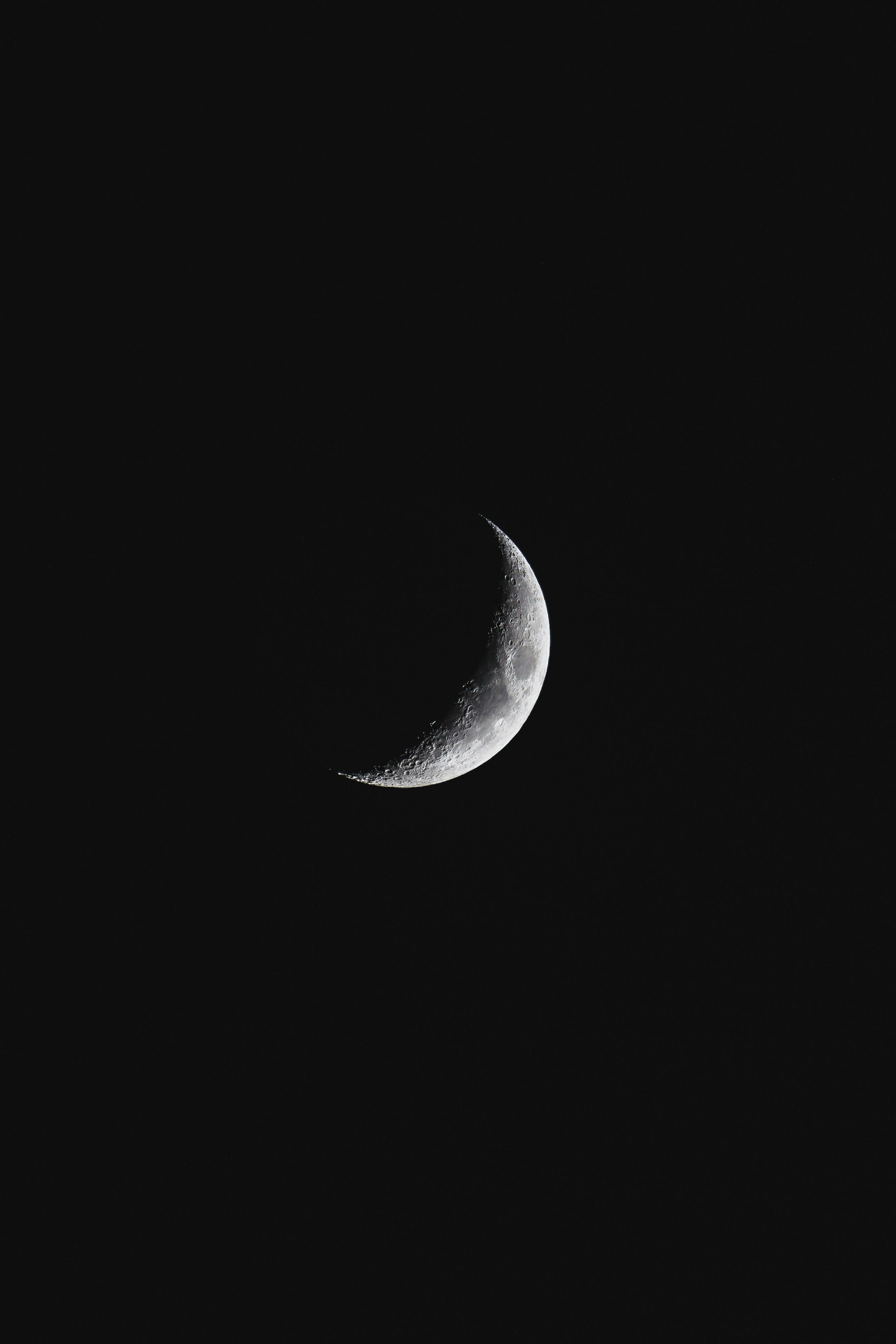
The Moon always shows the same face to Earth, but that doesn't mean the far side is always dark. It experiences day and night just like the near side. "Far side" is a more accurate term than "dark side."
Sources:
(earthsky.org) (NASA)
6. MYTH: Space is completely silent
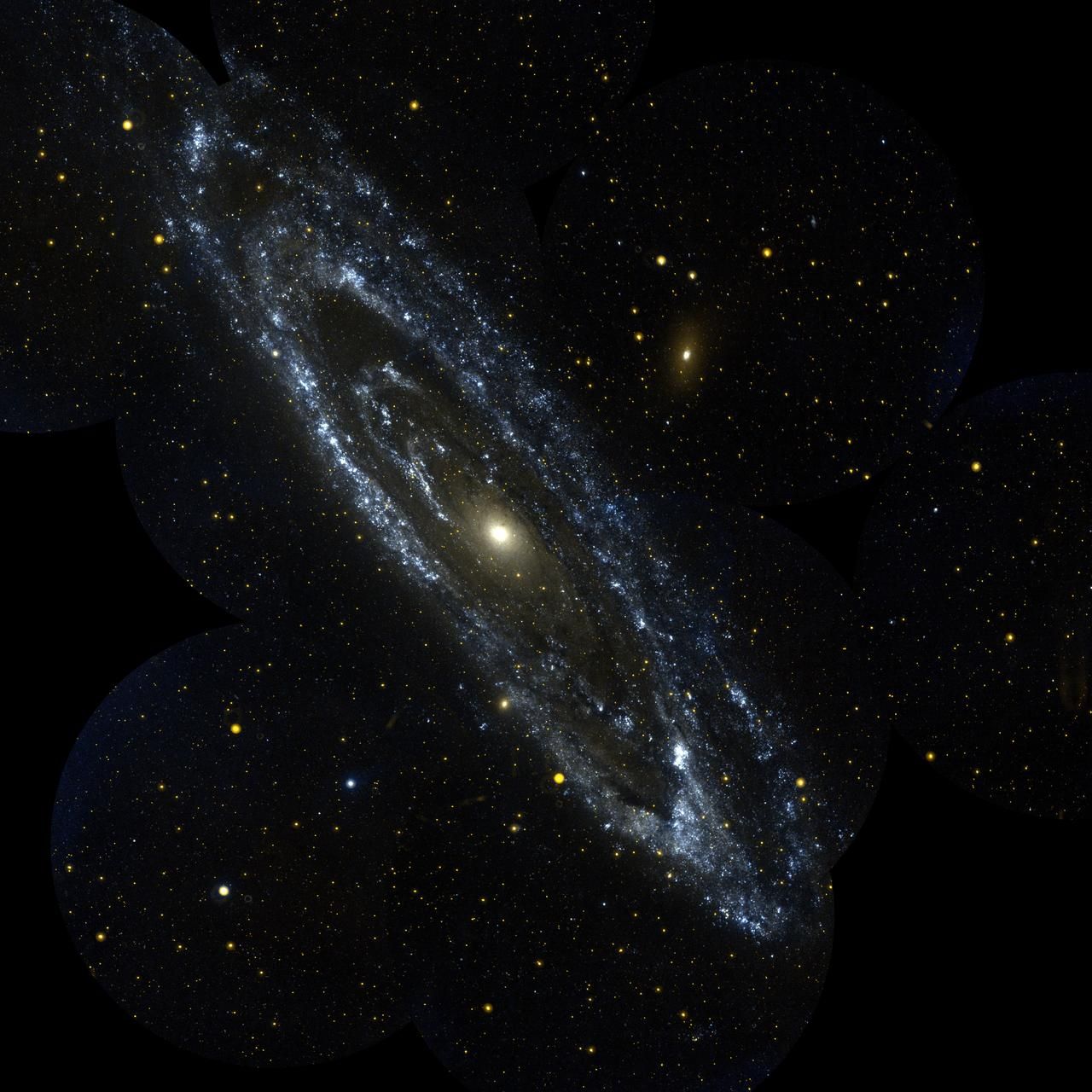
While space is a vacuum and sound waves can't travel through it, that doesn't mean it's silent. Spacecraft interiors can be pretty noisy, and space itself is filled with electromagnetic vibrations that can be converted to sound.
Sources:
(NASA) (AmericanScientist.org)
7. MYTH: Astronauts grow much taller in space
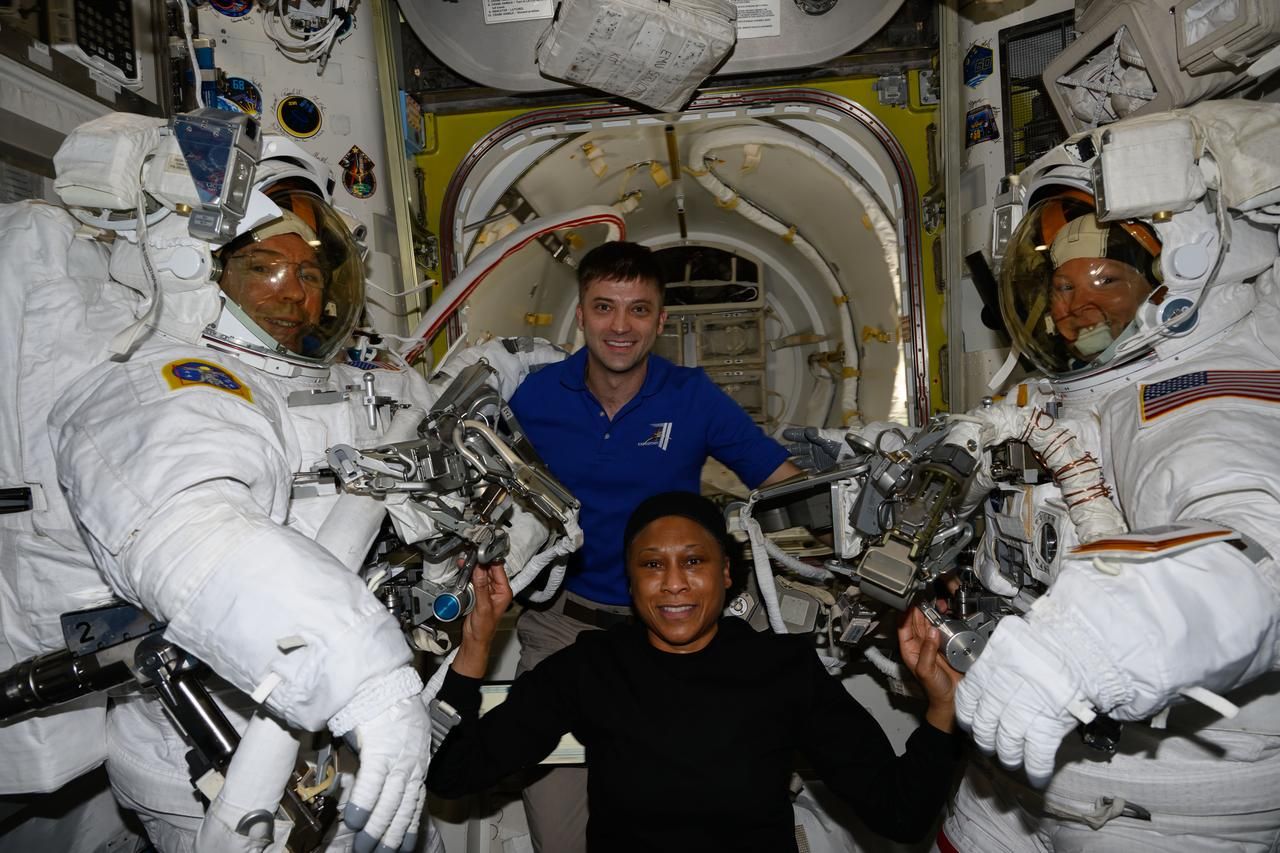
This one's partially true, but not as dramatic as you might think. Astronauts do "grow" about 2 inches in space due to the spine elongating, but they shrink back to normal once they return to Earth's gravity.
Source:
(NASA)
8. MYTH: Mercury is the hottest planet
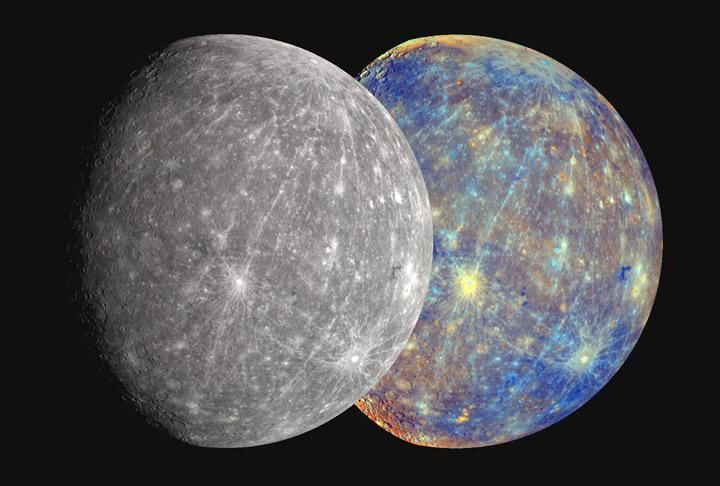
Venus takes the crown for the hottest planet, despite Mercury being closer to the Sun. Venus' thick atmosphere creates a runaway greenhouse effect, making it even hotter than Mercury's sun-baked surface.
Sources:
9. MYTH: Shooting stars are falling stars

Those streaks of light you see in the night sky? They're not stars at all, but small pieces of space debris burning up in Earth's atmosphere. Real stars are way too far away to create this effect.
Sources:
(Sciencing.com) (NASA)
If you liked this story, please follow us and subscribe to our free daily newsletter.
10. MYTH: Black holes are giant cosmic vacuum cleaners
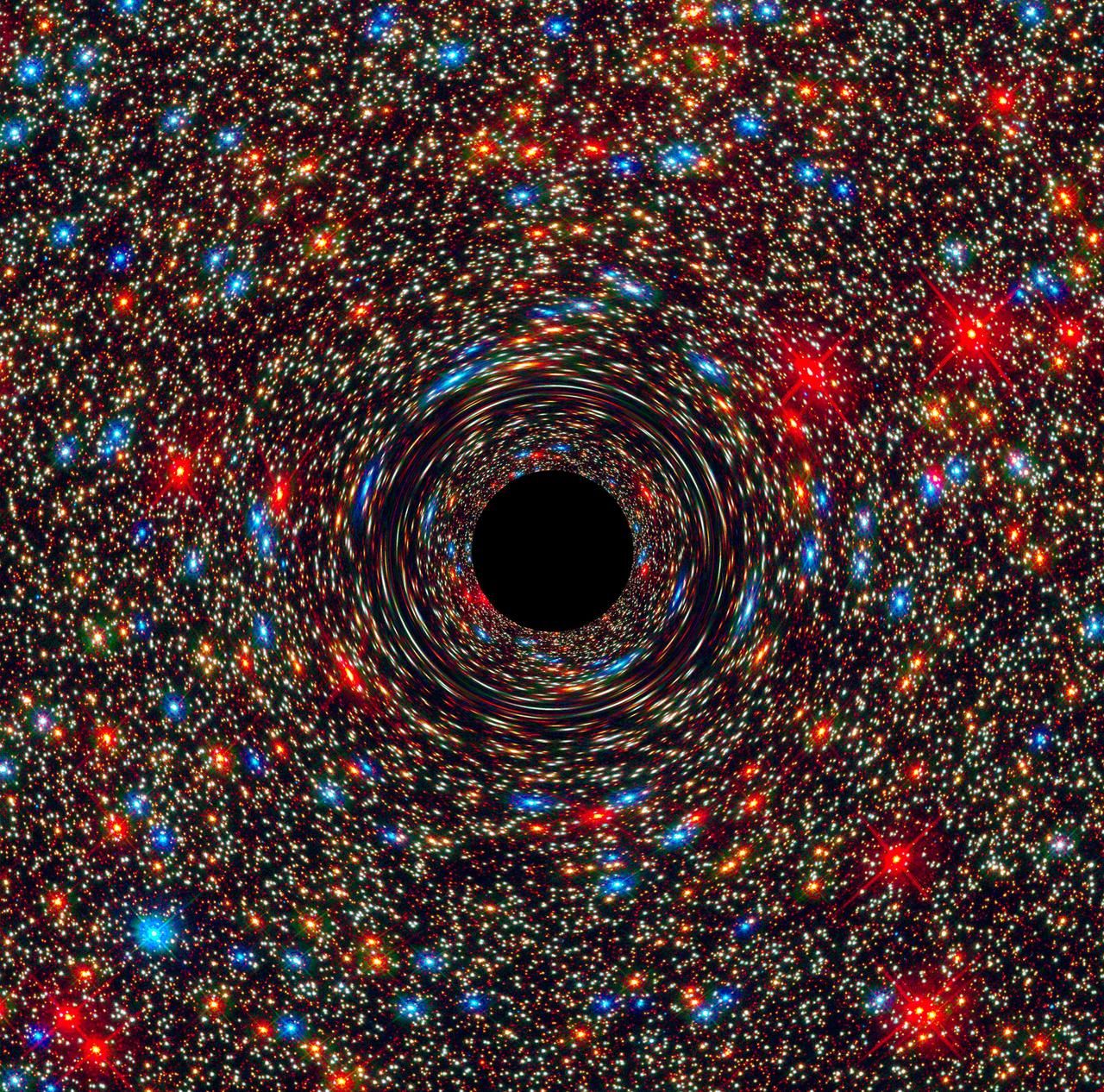
Black holes don't suck everything in like a vacuum. Objects need to get very close to be pulled in. Otherwise, they orbit around it, just like planets orbit stars. They're powerful, but not all-consuming.
Sources:
(Australian Academy of Science) (NASA)
11. MYTH: Space travel is instantaneous
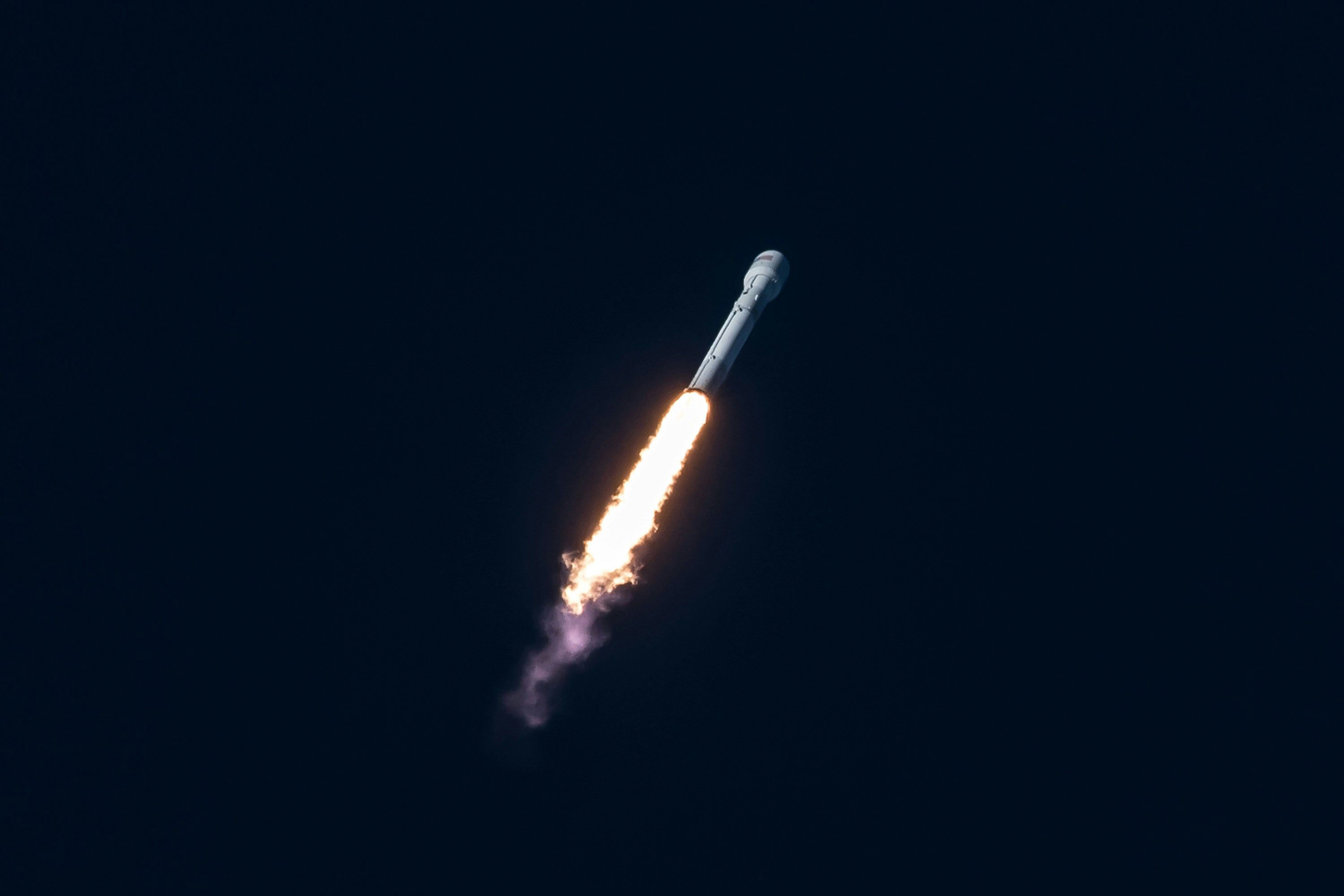
Thanks to science fiction, many believe space travel is quick. In reality, even traveling to Mars can take around six to nine months with current technology. Space is vast, and our current propulsion systems are limited.
Sources:
(Georgia State University) (NASA)
12. MYTH: Earth is closer to the sun in summer
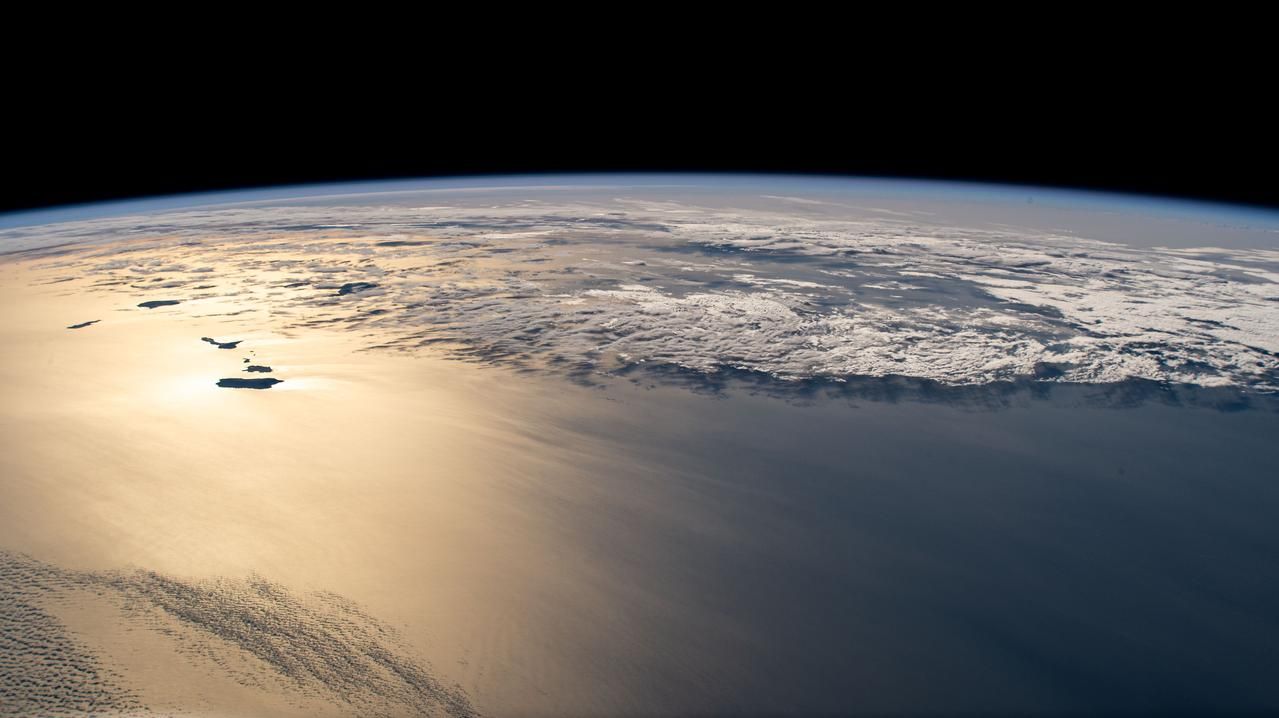
Earth's orbit isn't as elliptical as people imagine. The real reason for the seasons is the axial tilt of the Earth. As the year progresses, light hits the northern and southern hemispheres at proportionally different angles and for different amounts of time every day.
Sources:
13. MYTH: The Moon landing was faked
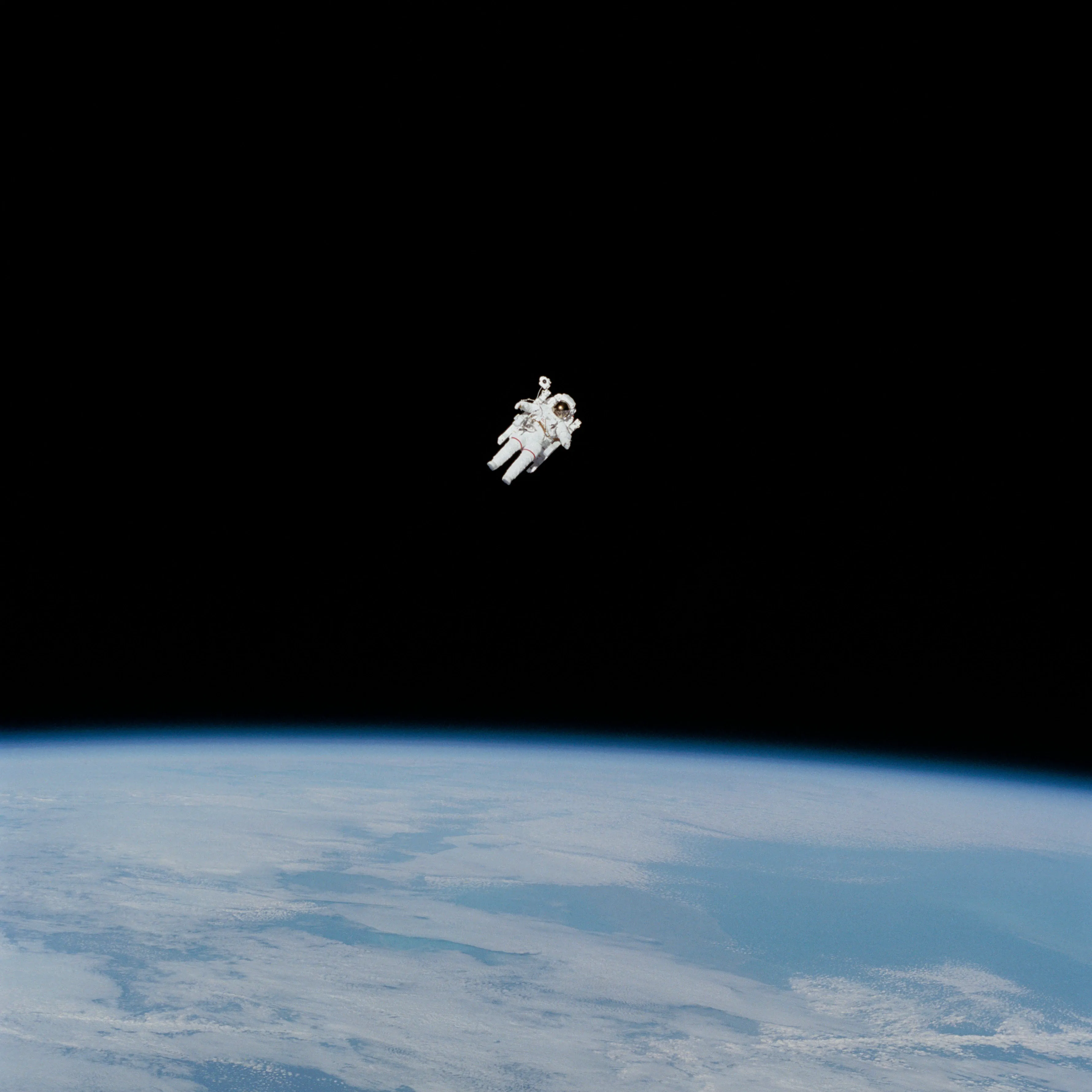
Conspiracy theories persist, but overwhelming evidence, including rock samples and laser reflectors left on the Moon, confirm the Apollo landings were real. Plus, faking it would have been more difficult than actually going!
Sources:
(Royal Museums Greenwich) (Institute of Physics) (Space)
14. MYTH: The asteroid belt is very hazardous
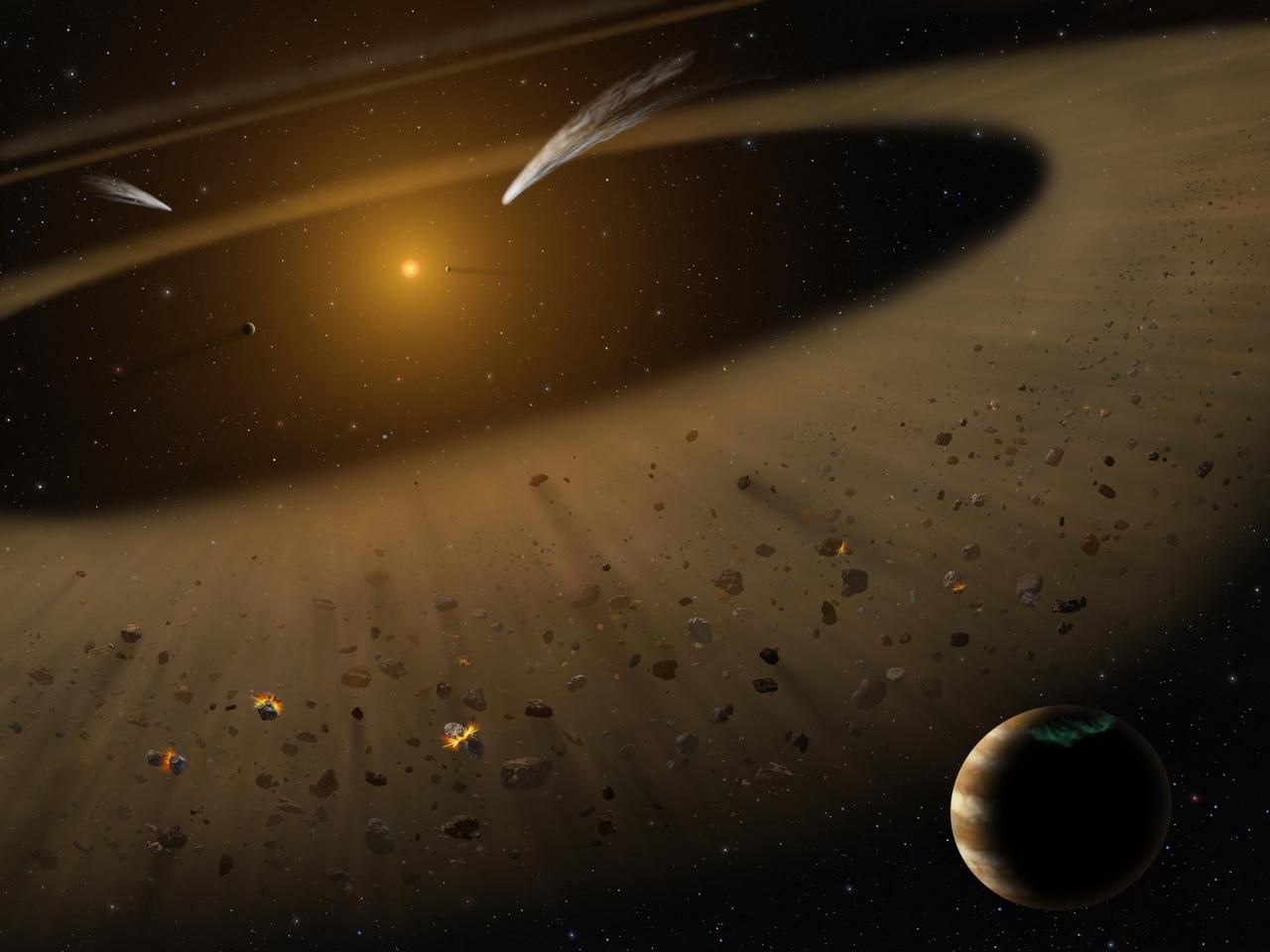
Despite what science fiction shows, the asteroid belt is relatively empty. On average, there is a distance of around 600,000 miles (970,000 kilometers) between asteroids, which is more than twice the distance from the Earth to the moon.
Sources:
(Astronomy.com) (Te Awamutu Space Centre) (NASA)
15. MYTH: Stars in constellations are close together
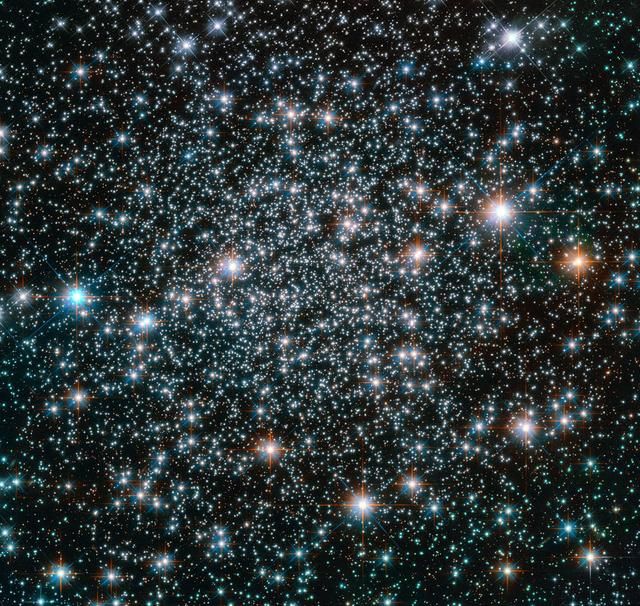
Despite appearing to be close together, the stars that form the constellations are often separated by tens or hundreds of light years, extending backward into space. From elsewhere in the galaxy, these stars would look distant and unconnected.
Sources:
( Lunar and Planetary Institute) (NASA)
16. MYTH: Space suits inflate like balloons
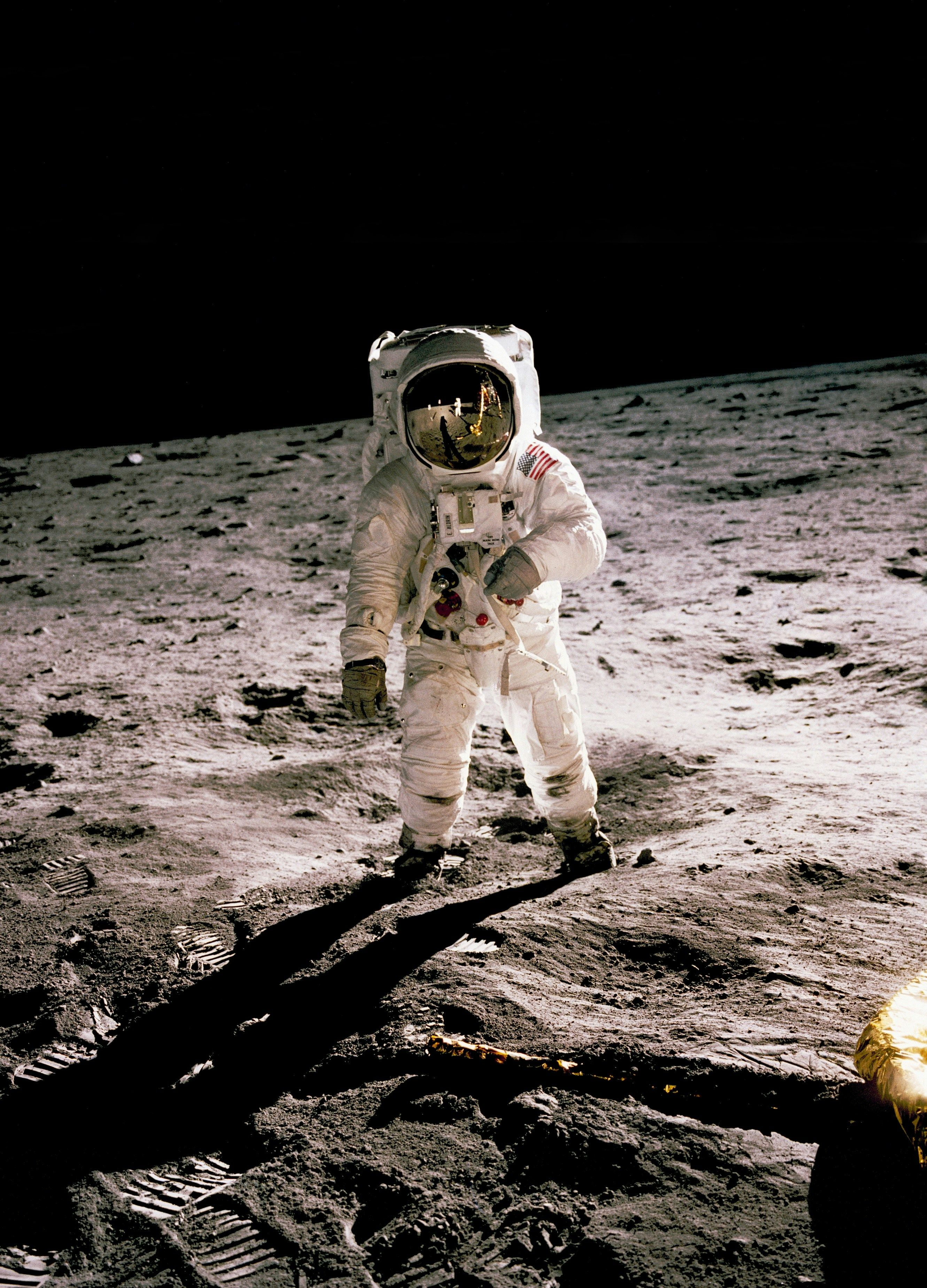
Space suits are designed to maintain pressure and protect astronauts. They're more like a second skin with layers of fabric and materials to shield from the harsh environment. No balloon people in space, folks!
Sources:
(Japan Aerospace Exploration ) (NASA)
17. MYTH: Light isn't affected by gravity
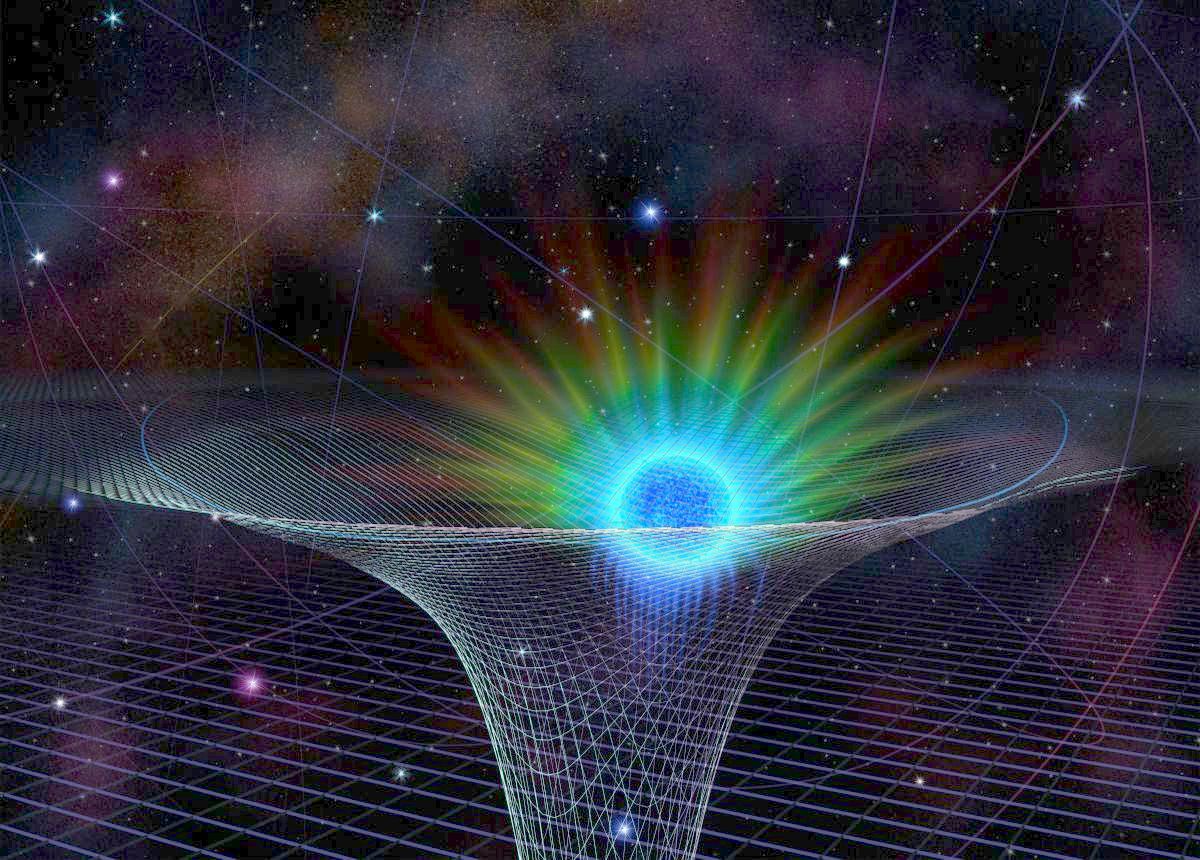
Einstein's theory of relativity shows that massive objects curve space-time, affecting the path of light. This is why phenomena like gravitational lensing occur, where light bends around massive objects in space.
Sources:
18. MYTH: The Sun is on fire
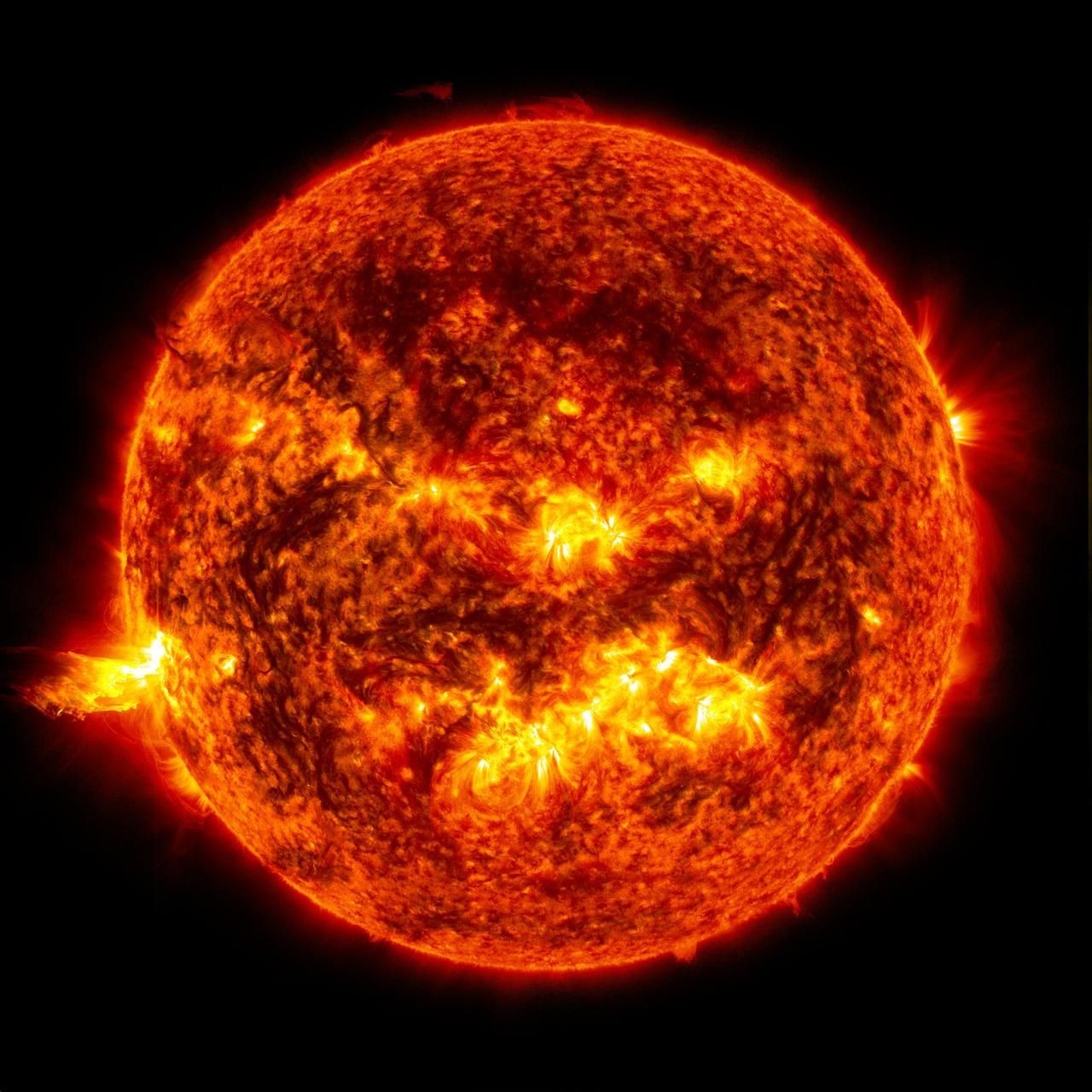
The Sun isn't actually burning like a campfire. It's a ball of gas that generates heat and light through nuclear fusion in its core. Every second, 700 million tons of hydrogen gets converted into 695 million tons of helium, releasing energy as light.
Sources:
19. MYTH: Meteorites are hot when they hit the ground
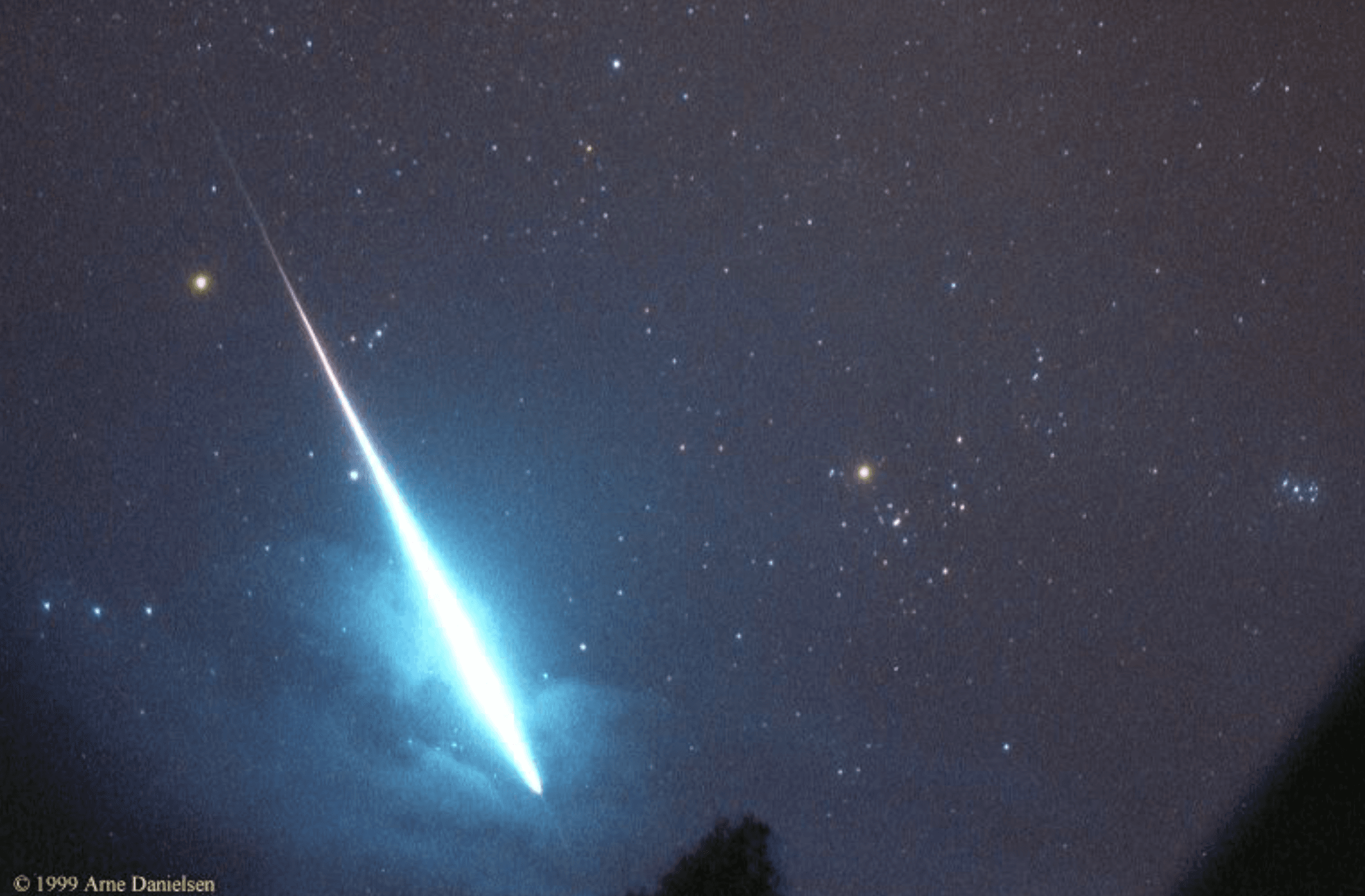
As meteorites pass through the atmosphere, they heat up rapidly, but only on the surface. By the time a meteorite hits the Earth, it is likely to be only slightly warm to the human touch, as the interior remains cool.
Sources:
NASA (MeteoritesAustralia) (wtamu.edu)
20. MYTH: The Moon orbits Earth once a day
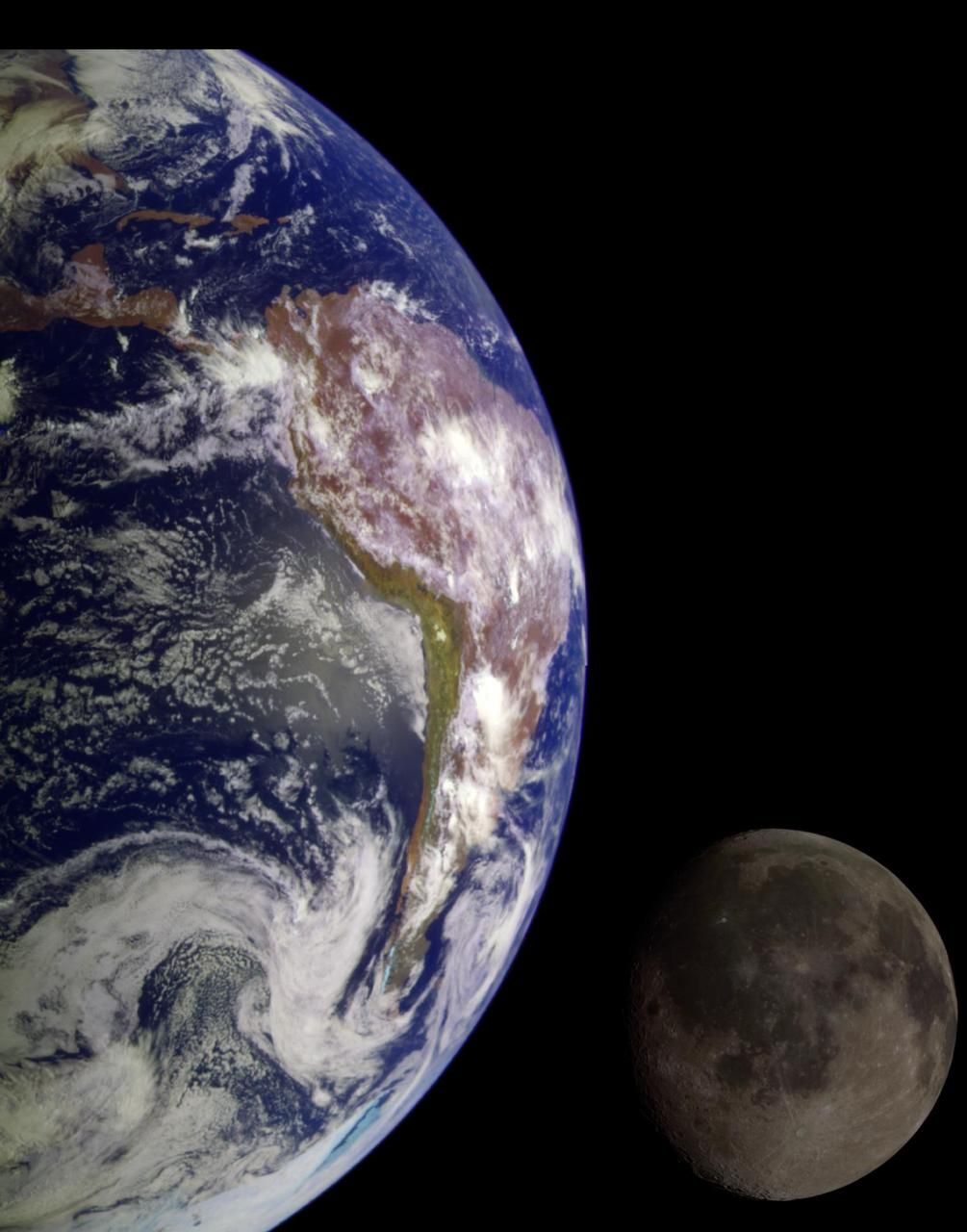
It actually takes about 27.3 days for the Moon to complete one orbit around Earth. This is known as a sidereal month.
Sources:
(NASA) (Lunar and Planetary Institute)
21. MYTH: A light-year measures time
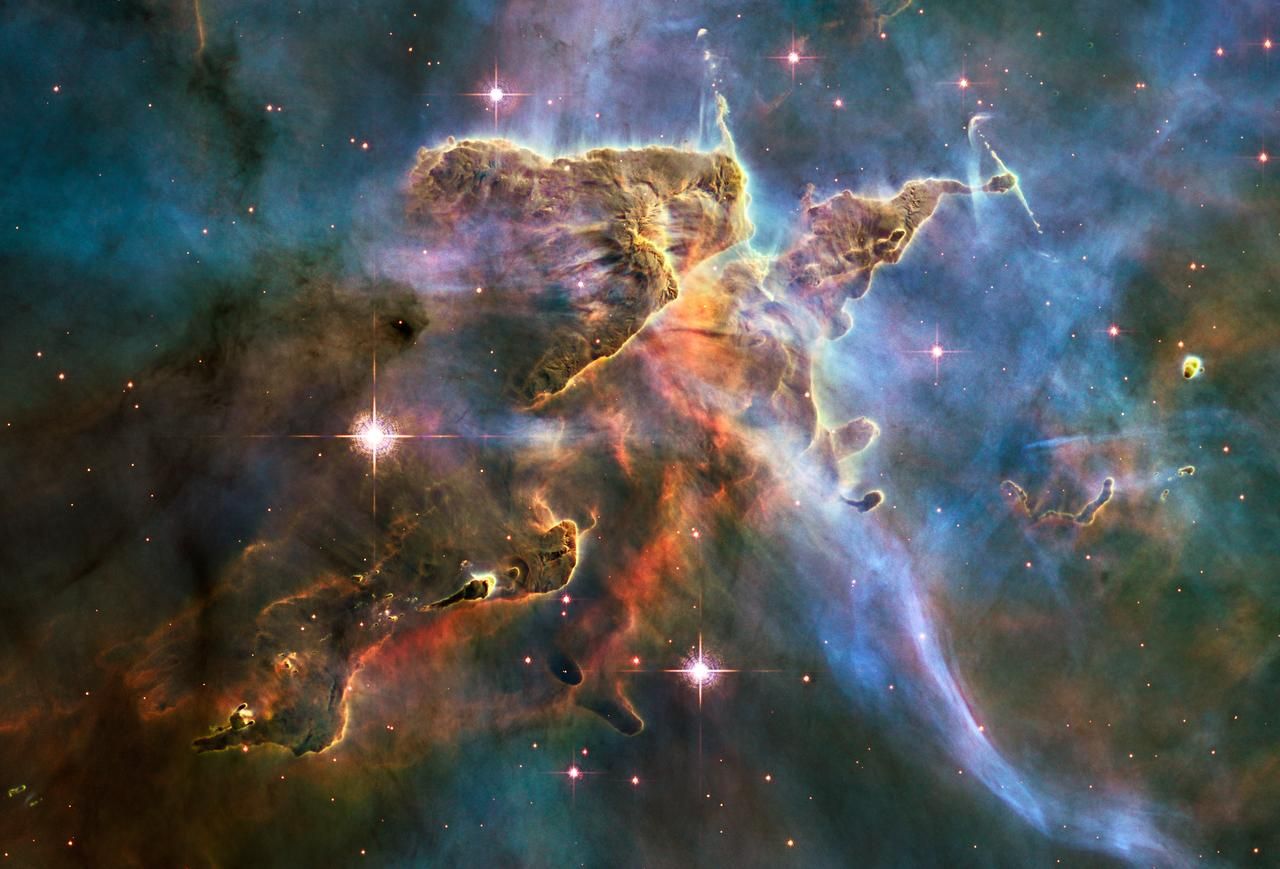
A light-year actually measures distance. It's the total distance that light, traveling in a straight line, covers in one year - about 10 trillion kilometers!
Source:
(NASA)
If you liked this story, please follow us



